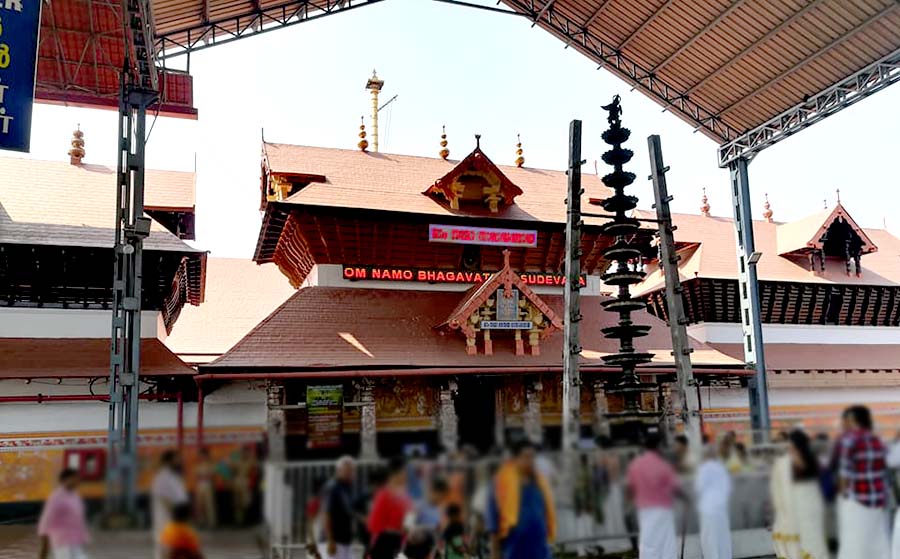#Ancient Culture ( Samskaram ) of Bharatham-4.2 : Swami Krishnananda.
===============================================================
-------------------------------------------------------------------------------------------------
#OPINION : 15/05/2020 : 2161.
-------------------------------------------------------------------------------------
1.
*We noticed the purpose of the Smritis. What do the Smritis tell us?
*They lay down the laws of life. What are the laws of life?
#These laws depend on the laws of existence itself. Our existence is summed up in our longings or aspirations, and our longings or aspirations are summed up in the fourfold aim of existence, which is what we noticed yesterday: artha, kama and dharma.
##The material values of life sum up our physical requirements or physical needs, and our emotional needs are summed up by kama, the regulation of the way in which we have to fulfil our desires for material comfort and emotional satisfaction is the dharma thereof. It does not mean that we can have everything that we want. Dharma restrains us from having excessive freedom, though it grants us freedom.
###Our freedom is limited by the necessity for others to also have similar freedom. The existence of another person who also requires freedom limits the freedom of the other person. One hundred percent freedom is not possible for any person because each one has to survive, and everyone has to be granted the minimum needs for survival and reasonable comfort.
-------------------------------------------------------------------------------------------------
#OPINION : 15/05/2020 : 2161.
#Chapter- 4.The Fourfold Aim of Existence and How to Achieve It-2
-------------------------------------------------------------------------------------1.
*We noticed the purpose of the Smritis. What do the Smritis tell us?
*They lay down the laws of life. What are the laws of life?
#These laws depend on the laws of existence itself. Our existence is summed up in our longings or aspirations, and our longings or aspirations are summed up in the fourfold aim of existence, which is what we noticed yesterday: artha, kama and dharma.
##The material values of life sum up our physical requirements or physical needs, and our emotional needs are summed up by kama, the regulation of the way in which we have to fulfil our desires for material comfort and emotional satisfaction is the dharma thereof. It does not mean that we can have everything that we want. Dharma restrains us from having excessive freedom, though it grants us freedom.
###Our freedom is limited by the necessity for others to also have similar freedom. The existence of another person who also requires freedom limits the freedom of the other person. One hundred percent freedom is not possible for any person because each one has to survive, and everyone has to be granted the minimum needs for survival and reasonable comfort.
--------------------------------------------------------------------------------
2.
#It is freedom that we seek, finally: freedom from want of every kind, freedom from hunger and thirst, freedom from heat and cold, freedom from threat of any kind coming from external sources. This is freedom from the point of view of physical and economic existence. We also want to be free from tension emotionally.
##The freedom which is, on the one hand, external as connected with material existence, and on the other hand, emotional existence, is what is required by every person. We should be physically comfortable, and also emotionally comfortable. There should be no tension either from outside or inside.
------------------------------------------------------------------------------
3.
#This freedom which is material as well as emotional is regulated by a law, a system of operation which is called dharma.
*But who lays down this law? Which is the source of this dharma?
##It should be like this and it should not be like that, says a law-and-order system. You are not supposed to behave in this manner; you are supposed to behave in this manner only; this you can do, but the other thing you cannot do.
*Who lays down this law?
###Of course, these laws are written down in the Smritis, but on what grounds do they make these injunctions? Here we have the fourth aim of existence, inclusive of and yet transcendent to artha, kama and dharma. The highest aim of life is not only inclusive of artha, kama and dharma, but it transcends them.
*That is moksham.
--------------------------------------------------------------------------------------
To be continued ...
-----------------------------------------------------
JAI HIND
JAI BHARATHAM
VANDHE MATHARAM
BHARAT MATHA KI JAI.
======================================================










Comments
Post a Comment